Rainbow
A rainbow is a meteorological phenomenon that is caused by reflection, refraction, and dispersion of light in water droplets, resulting in a spectrum of light appearing in the sky. It takes the form of a multicolored circular arc. Rainbows caused by sunlight always appear in the section of sky directly opposite the sun.
Formation of a Rainbow
When sunlight encounters a raindrop, it is refracted, or bent, as it enters the droplet. The light is then reflected off the inside surface of the droplet, and once again refracted as it exits the droplet. This process disperses the light into its individual colors, creating the spectrum of colors that we see in a rainbow.
Study Guide
- What causes a rainbow to form?
A rainbow is formed by the reflection, refraction, and dispersion of light in water droplets. - When do rainbows appear in the sky?
Rainbows caused by sunlight always appear in the section of sky directly opposite the sun. - Describe the process of rainbow formation.
Sunlight is refracted as it enters a raindrop, then reflected inside the droplet, and refracted again as it exits, dispersing the light into a spectrum of colors.
Understanding the formation of rainbows can lead to a greater appreciation of the natural world and the physics of light and color.
[Rainbow] Related Worksheets and Study Guides:
.◂Science Worksheets and Study Guides Fifth Grade. Sound and light energy
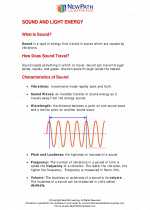
 Activity Lesson
Activity Lesson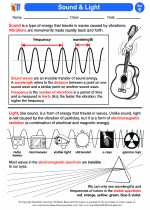
 Worksheet/Answer key
Worksheet/Answer key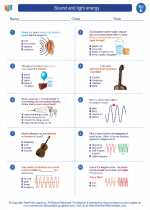
 Worksheet/Answer key
Worksheet/Answer key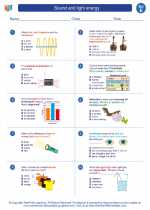
 Worksheet/Answer key
Worksheet/Answer key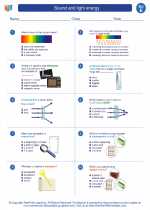
 Worksheet/Answer key
Worksheet/Answer key
 Vocabulary/Answer key
Vocabulary/Answer key
 Vocabulary/Answer key
Vocabulary/Answer key
